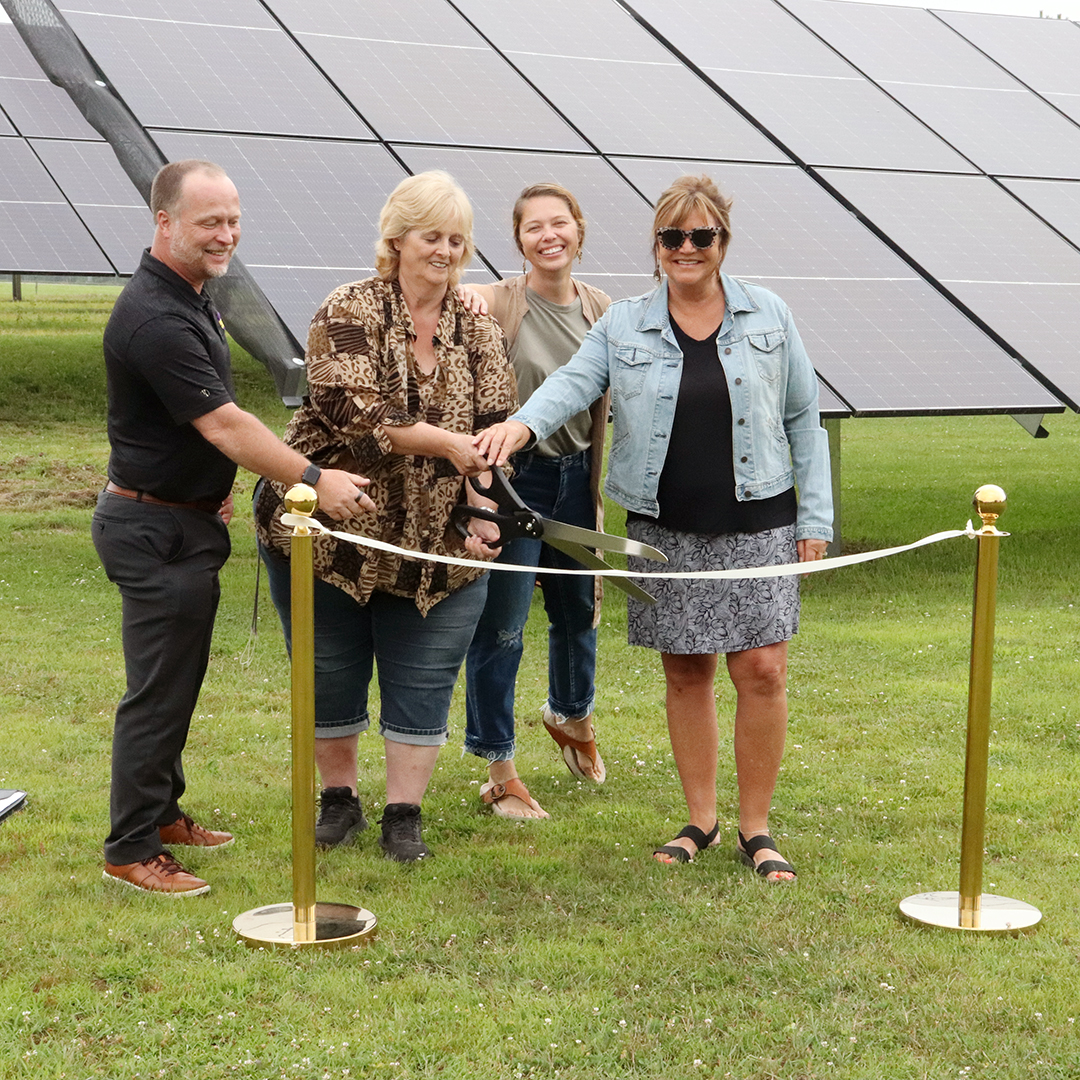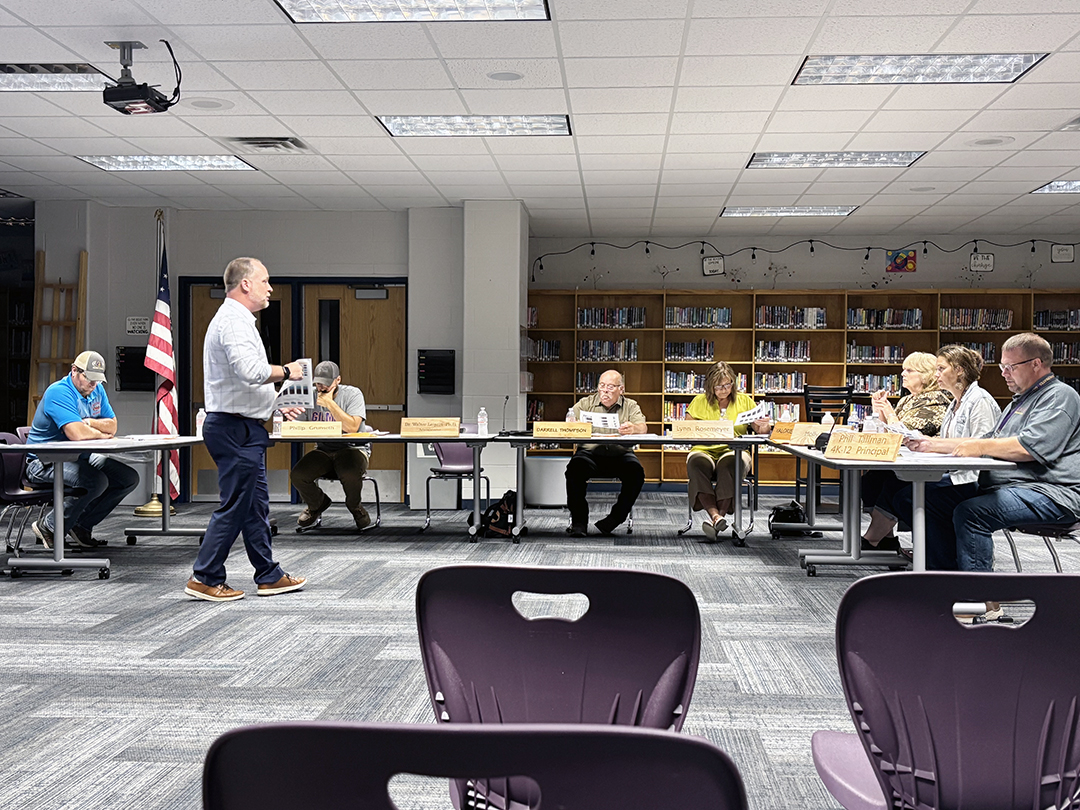City sets shipping container rules
The city of Medford has new rules in place for the use of shipping containers for storage and for the minimum size of homes in the city.
On Monday, members of the Medford City Council approved the proposed zoning code changes to set the new requirements. Both issues have been the subject of discussion at the planning commission over the past several months. Last week, the planning commission held a public hearing and voted to recommend making the changes. Monday’s city council action make the changes official.
Under the code changes, use of shipping containers for storage use is OK in all parts of the city of Medford with commercial and industrial having the option to request permission for longer-term use through a conditional use permit process.
Due to a glut of the intermodal shipping containers in the midwest, they have become a low-cost option for storage. The objection to them is due to appearance since they are large metal boxes.
Under the code changes they may be used for: Temporary outdoor storage container (nonresidential). Enclosed, lockable storage containers such as shipping containers, semi-trailers, storage pods, or other fully enclosed trailers for use on a limited basis on a nonresidential property. Other forms of temporary outdoor storage containers are prohibited.
Temporary moving container (residential). Portable storage containers designed and used primarily for the temporary storage of household goods and other such materials for use on a limited basis on residential property.
The ordinance defines temporary as being 30 days in residential areas and 90 days in non-residential areas. Under the code change, the units would be able to be used for things like residential remodeling projects to store items from people’s homes.
At Monday’s meeting, council member Mike Bub questioned the limitation for residential noting that home remodeling projects could take longer than 30 days.
City Coordinator Joe Harris explained that the clock would not start on the 30 days until after the project was completed. This would be the same as for people moving into a home, having 30 days to complete the process. He said the city would work residents.
Council members approved the code change with an amendment to clarify the 30 days starts at the end of construction for all areas of the city.
Council members also approved code changes to set the minimum size for new homes in the city. Under the change residential buildings in the city would be required to have a minimum 26 foot width and a minimum area of 500 square feet.
Council member Clem Johnson questioned the side-year setback portion of the code noting that it is not easy to understand. He called for it to be changed to read a minimum of 20 feet between neighboring buildings. While this would typically be 10 feet per lot, it could also be 8 and 12 or some other combination.
“What are the odds of that actually happening?” asked council member Dave Brandner.
Harris said that all new residential buildings are being built with the 10 feet side yard setbacks for primary structures. He did not anticipate it being an issue.
Council members approved the change proposed by Johnson and approved the zoning code change.
School visit Medford Area Public School District Administrator Laura Lundy came to the meeting to update council members on the school project and to thank them in person for the donation of a third home building lot to continue a partnership to give students hands-on building trades experience.
Lundy’s visit continues a tradition set several years ago as a way to improve communication between the school and the city. Lundy noted the home constructed as part of this year’s class project is completed and was recently listed for sale at a price of $319,000.
“It has been a great project for our kids,” she said of the ability for the students to get experience actually building a home.
She also reported on the referendum projects, noting a big step right now will be relocating the utility connections to allow for the construction to take place. The referendum projects include expanding the tech ed area and connecting it to the high school and building an addition onto the southeast corner of the building to improve accessibility and have new spaces for science, art and family and consumer sciences classes.
In other business, council members
• Approved a rezoning request for Pedro Sanchez to change a lot at 706 E Broadway Ave. (Hwy 64) from residential to commercial use for him to move the Lucky Dragon Chinese restaurant there. The property is located on the southeast corner of Broadway Ave. and 7th St. and is adjacent to commercial properties. The city’s comprehensive plan calls for the long-term goal of having the entire Hwy 64 and Hwy 13 corridors to non-residential use. Harris noted that the rezoning is just the first step and that there will be many other steps. It was noted that with the zoning change, the property owner could decide to put a different commercial use there than the planned restaurant.
• Approved the compliance maintenance annual report for the city’s wastewater utility. According to plant superintendent Alex Zenner, the city did not lose any points from last year and continues to maintain the perfect grade point average. He noted the plant is rated to handle 4,530 BOD solids per day and in 2023 was at 2,074 and in 2024 had gone up to 2,423 BOD due to the city being open to haulers bringing in high-strength waste to be processed. He also noted that the aeration project has resulted in a 842 kilowatt hour reduction in waste processing at the plant. He reported that if the proposal to begin accepting waste from Stetsonville is approved, the impact will likely be minimal on the plant capacity.
• Approved alcohol and tobacco licenses for and the annual waste hauler’s permit for Waste Management.




